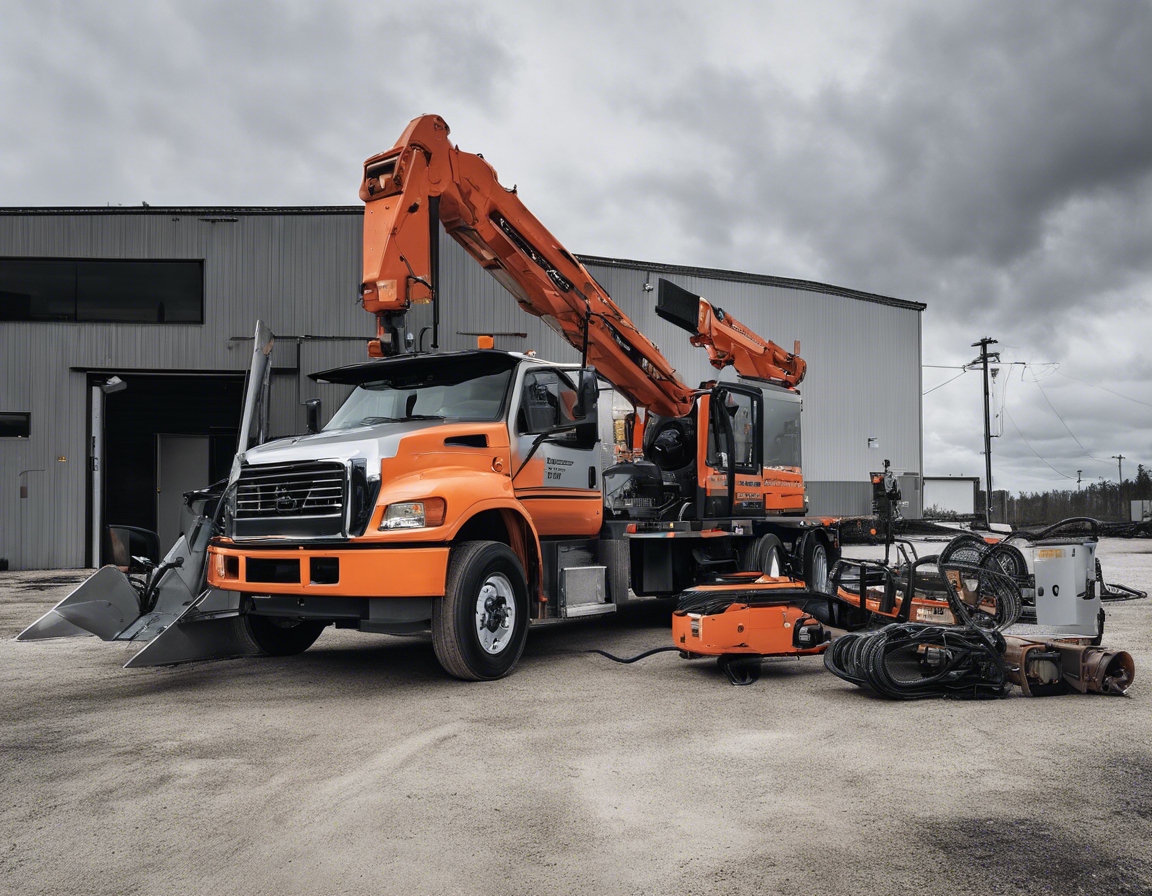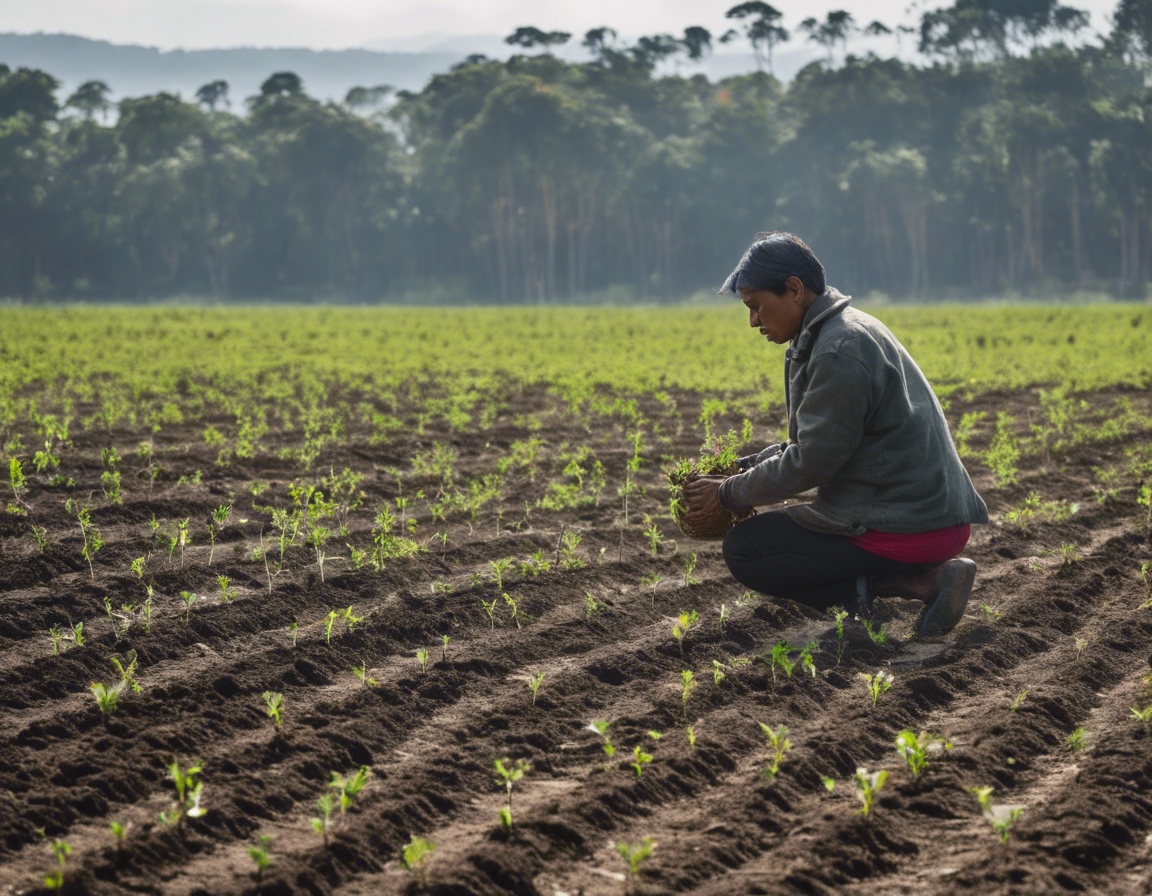Pre-grubbing: preparing your land for a flourishing future
Pre-grubbing is a critical initial step in land management, particularly in the forestry sector. It involves the removal of unwanted vegetation, stumps, and roots to prepare a site for new planting, construction, or other land-use objectives. This process is essential for creating a conducive environment for growth and ensuring the health and productivity of future forests.
Pre-grubbing offers numerous benefits, including reducing competition for resources among plants, minimizing the risk of disease and pest infestation, and promoting better water and nutrient absorption for new vegetation. It is a cornerstone of sustainable forest management, ensuring that land is used responsibly and with foresight for future generations.
The Pre-Grubbing Process
The first step in pre-grubbing is a thorough assessment of the land. This includes understanding the soil composition, existing vegetation, and the overall topography of the site. Such assessments guide the planning process and help in identifying the most appropriate pre-grubbing techniques for the area.
Once the assessment is complete, a detailed plan is formulated. This strategy takes into account the specific goals of the landowner, whether it's for timber production, infrastructure development, or ecological restoration. The plan will outline the areas to be cleared, the methods to be used, and the timeline for the project.
Executing the pre-grubbing plan involves a variety of techniques, from manual removal to mechanical clearing. Best practices include minimizing soil disturbance, using the right equipment for the job, and disposing of debris in an environmentally friendly manner. Skilled professionals are essential to carry out the work efficiently and safely.
Environmental Considerations
Pre-grubbing must be conducted with consideration for the local wildlife and biodiversity. Efforts should be made to avoid nesting seasons and to preserve habitats wherever possible. This not only protects the ecosystem but also complies with environmental regulations and supports the long-term health of the forest.
Soil conservation is a critical aspect of pre-grubbing. Techniques such as mulching and the use of erosion control fabrics can help to protect the soil structure and prevent erosion, particularly in areas prone to heavy rains or winds.
Adhering to local and national environmental regulations is not just a legal requirement; it's a commitment to sustainable practices. This includes obtaining the necessary permits, conducting environmental impact assessments, and following guidelines for waste disposal and protection of water resources.
Post-Pre-Grubbing: Ensuring a Healthy Ecosystem
After pre-grubbing, ongoing monitoring and maintenance are crucial to ensure the land remains healthy and productive. This may involve periodic checks for signs of erosion, pest infestations, or other issues that could compromise the ecosystem.
Reforestation and rehabilitation are often the next steps after pre-grubbing. Selecting the right species of trees and plants to reintroduce to the area is vital for the recovery of the ecosystem and for meeting the objectives of the landowner.
The ultimate goal of pre-grubbing is to pave the way for a flourishing future. By investing in this process, landowners and managers are contributing to the long-term sustainability of their forests, ensuring that they remain productive and healthy for years to come.






Comments (0)